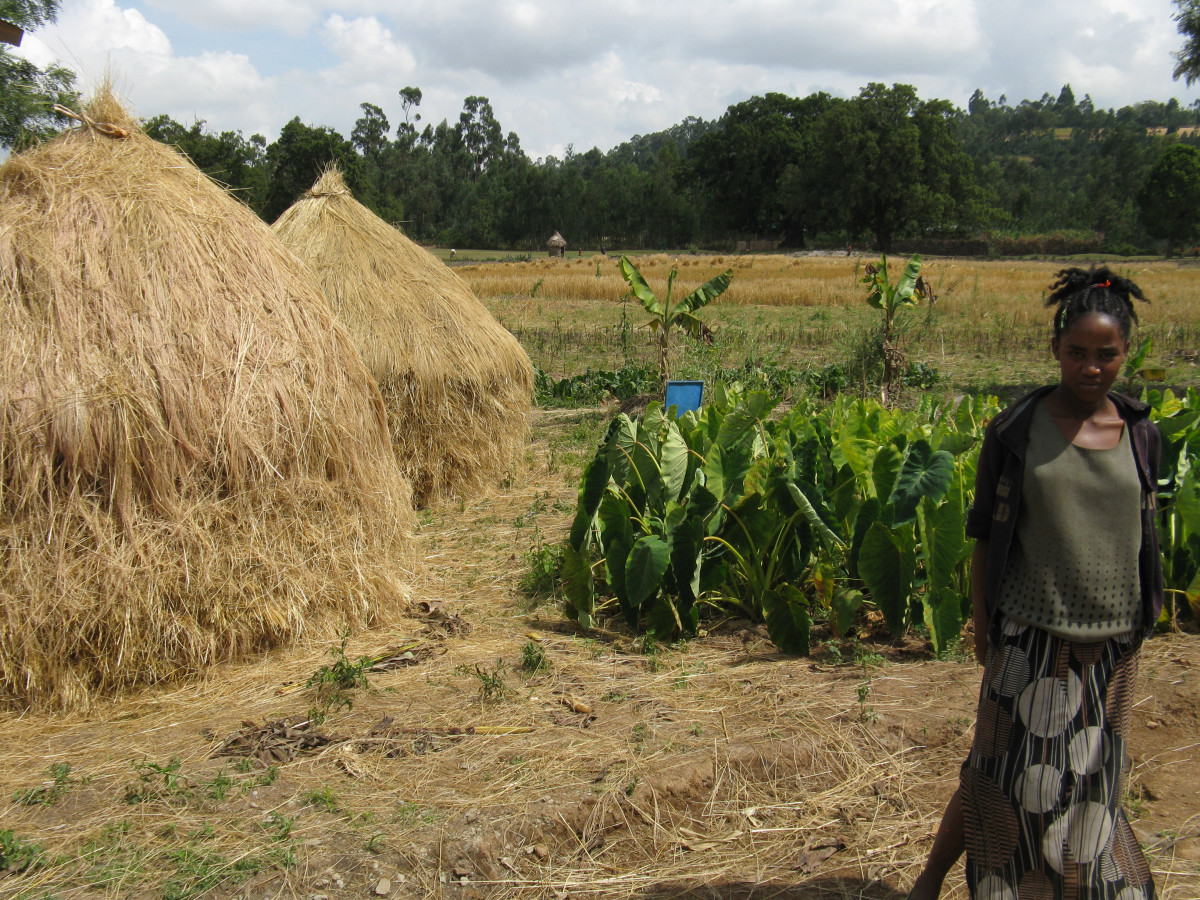PIN Improves the Nutritional Impact of Agricultural Extension Services
Published: Jun 8, 2015 Reading time: 3 minutes Share: Share an articleIn recent years, the Ethiopian Government managed to achieve impressive reductions in the prevalence of acute and chronic undernutrition among young children. Despite such positive results, its official statistics show that 2 out of 5 Ethiopian children are affected by chronic undernutrition, resulting in worsened cognitive and physical development. In order to improve food security and nutrition of Ethiopian families, the Ethiopian Government developed a large-scale network of Farmer Training Centres (FTC). FTC’s aim to improve farmers’ access to much needed agricultural know-how, services and inputs.

Recognizing the potential of FTC’s to contribute towards reducing undernutrition, the Ethiopian Government has designed a strategy for increasing the nutritional impact of their agricultural extension services. However, the challenge lies in the gap between the content of the written strategy and the reality on the ground. “Agricultural extensionists working in FTC’s often lack the resources, knowledge or skills to provide their services in a way which helps in reducing undernutrition,” explains Camila Garbutt, Head of Programs for PIN Ethiopia. Furthermore, many FTC’s focus on increasing the agricultural production of the so called “model farmers” with less attention being provided to improving the situation of the poorest households.
People in Need (PIN), in a close cooperation with local agricultural and health authorities, therefore decided to address the key barriers to improving the nutritional impact of FTCs’ services. In early 2015, PIN conducted an extensive survey assessing the prevalence of undernutrition and its key causes. A formative survey helped PIN to better understand the perspectives of local families and the real constraints they’re facing in ensuring good nutrition for their children.Based on the findings and consultations with local families and authorities, PIN designed and currently implements a nutrition security project using a three-pronged approach, targeting rural areas of SNNP Region in Ethiopia.
#~gallery-1317~#
Interventions in Three Steps
The first step was to ensure that FTCs’ agronomists have adequate training skills and facilities, mainly so called ‘demonstration fields’, where they train local farmers in growing a wide range of vegetables, enriching families’ diets by much needed nutrients. “Our main emphasis was on ensuring that such services are really inclusive and benefit also the poorest farmers as their family members are most at risk of undernutrition”, emphasizes Frew Beriso, PIN’s Program Manager.
Equally important, has been improving often inadequate hygiene and child care practices. “We know that many caretakers are doing a good job in taking care of their children, and therefore we cooperate with them on promoting good hygiene, correct child feeding, and other positive practices among their neighbours and other community members,” explains Garbutt the key approach of PIN’s work.
Finally, PIN recognizes that reducing undernutrition is a long-term job which cannot be addressed by a one-off project. The core focus of PIN’s work is therefore on developing the skills and commitment of those stakeholders with the greatest potential to sustainably address undernutrition: agricultural and health extension workers and influential community
members. “Especially important is promoting and supporting a closer cooperation among agronomists and the health extension workers, so that the benefits of improved production aren’t wasted due to diarrhoea and other diseases”, concludes Garbutt.

PIN’s work on improving the nutritional impacts of agricultural services is funded by PIN’s private donors and the Czech Development Agency. It follows PIN’s Integrated Programming for Improved Nutrition Approach (IPIN) which uses evidence-based, multi-sectoral solutions for addressing the key causes of undernutrition.
